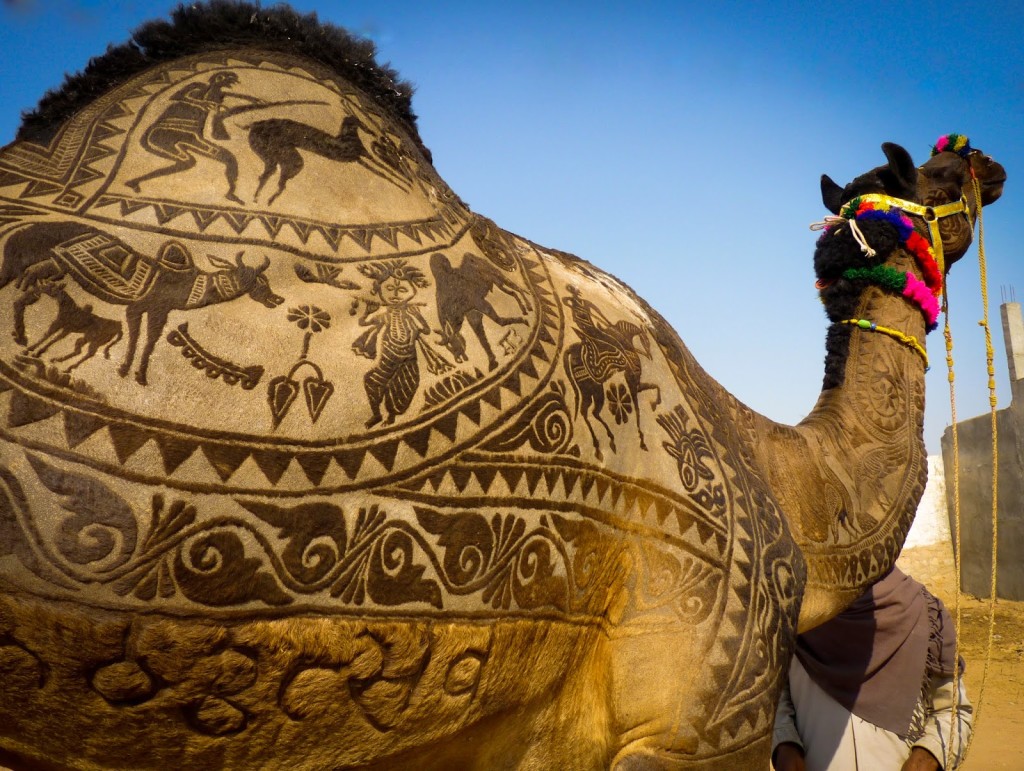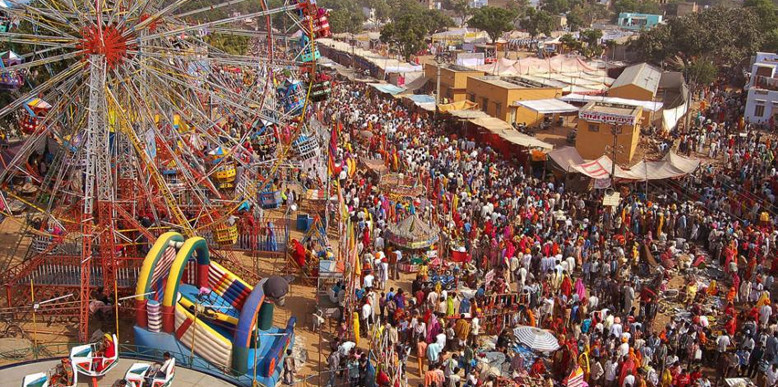Fair, a signifier of rustic culture and rural tradition is almost erasing from our life with elapsing time. Our busy time schedule is not permitting us to go for a fair visit; rather we like to spend our time shopping in a mall or watching a movie in a cinema hall. But all your assumptions will prove to be wrong when you come across the splendor of Rajasthan and its unique fair, the Pushkar Fair. The enchantment of Pushkar fair cannot be compared with any other festivals in India. The drowsy tiny parish, Pushkar in Rajasthan becomes alive with a mutiny of colors and energetic burst of activity at the time of the fair.

In the month of Kartik, Pushkar town bursts into a vibrant fair and is thus observed as one of the largest cattle festivals in Asia. Men in huge dazzling turbans, women in pleated Ghagaras and colorful bangles give the fair an utmost charm of a festival. Camels, horses, cows, mules, goats and sheep associated with their masters and participate in the grand occasion. It is basically a seven-day festival devoted completely to these animals. The first five days are for selling and purchasing of the cattle. After completing the deal, animals particularly the camel are groomed and bejeweled for the festival. So, the festival is popularly known as the Pushkar Camel Fair.

Pushkar is the place where three R’s for religion, ritual and romance are significantly blended into one. This small town colorizes with cultural phenomenon when vibrantly clothed devotees, musicians, tumblers, folk dancers, dealers, humorists, sadhus and visitors arrive at the fair. Pushkar camel fair is a majestic occurrence in which around two Lakh people participates and millions of exhibitors come to enjoy in delight from all over the world. Pushkar Fair is the largest cattle fair in the country; especially meant for enjoyment and merry-making.
This silent sleepy village hamlet will convert into a fiesta of extravagant color again on November. Tourist will love to catch the real magic, beauty, and mystery of India till 13th of the same month. The second part of the fair or the Religious fair will start from November, where devotees come to rejoice in Pushkar’s holy lake. As per Hindu chronology, the Pushkar Fair generally organizes in the month of October or November, every year. No other fairs in the world can match with the dynamism and vigor of the Pushkar Fair, Rajasthan.
Enclosed by the peaks on three sides and deserts on the other, Pushkar forms a captivating setting and apt scenery for the annual religious and camel fair. It is a globally famous fair and thus attracts billions of visitors from every nook and corners of the world. So, if you are planning for a trip in India in the coming winters, then just go for the amazing fair wrapped in color, camel and cattle, the Pushkar Fair. Pushkar fair is the only fair that remains in its original folk form and represents the ultimate pastoral life style and culture of India.
popular holiday packages
Budget Hotel Package
cheap hotels in Jaisalmer
Tourist Destination In Rajasthan
Budget Hotel Package
Jaisalmer Travel
